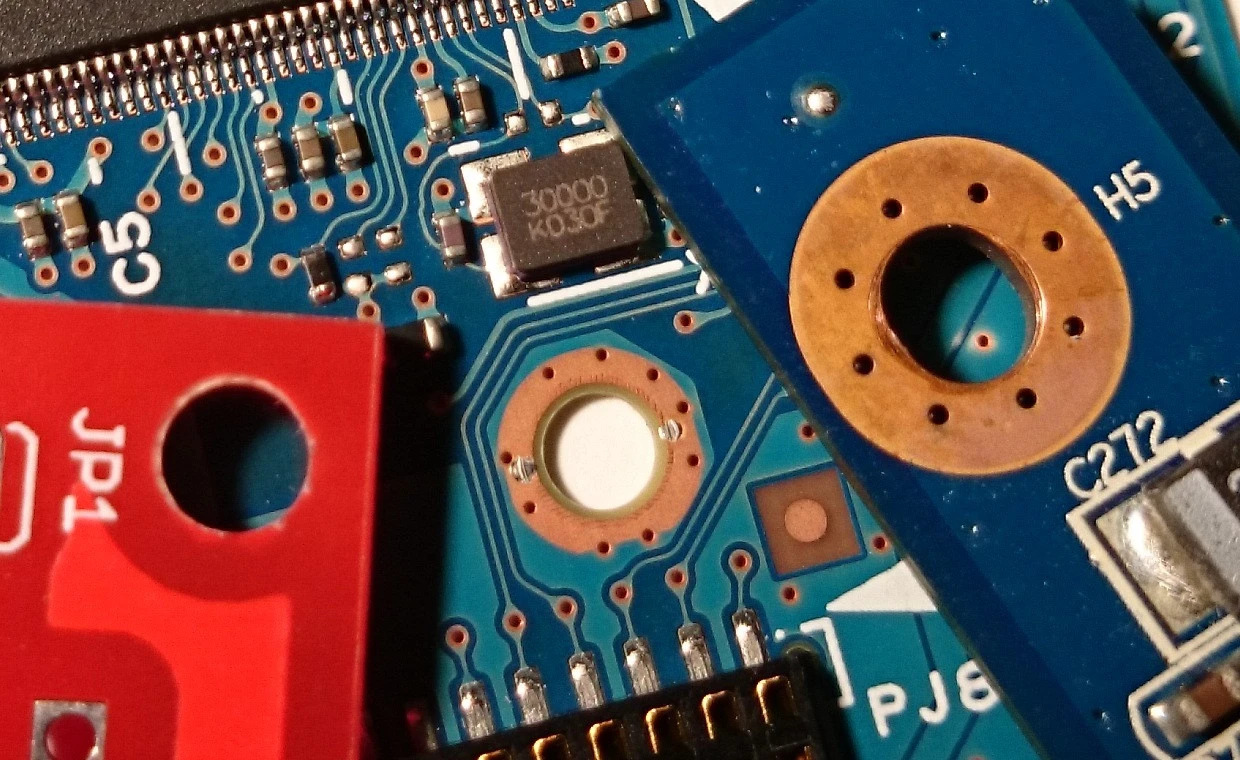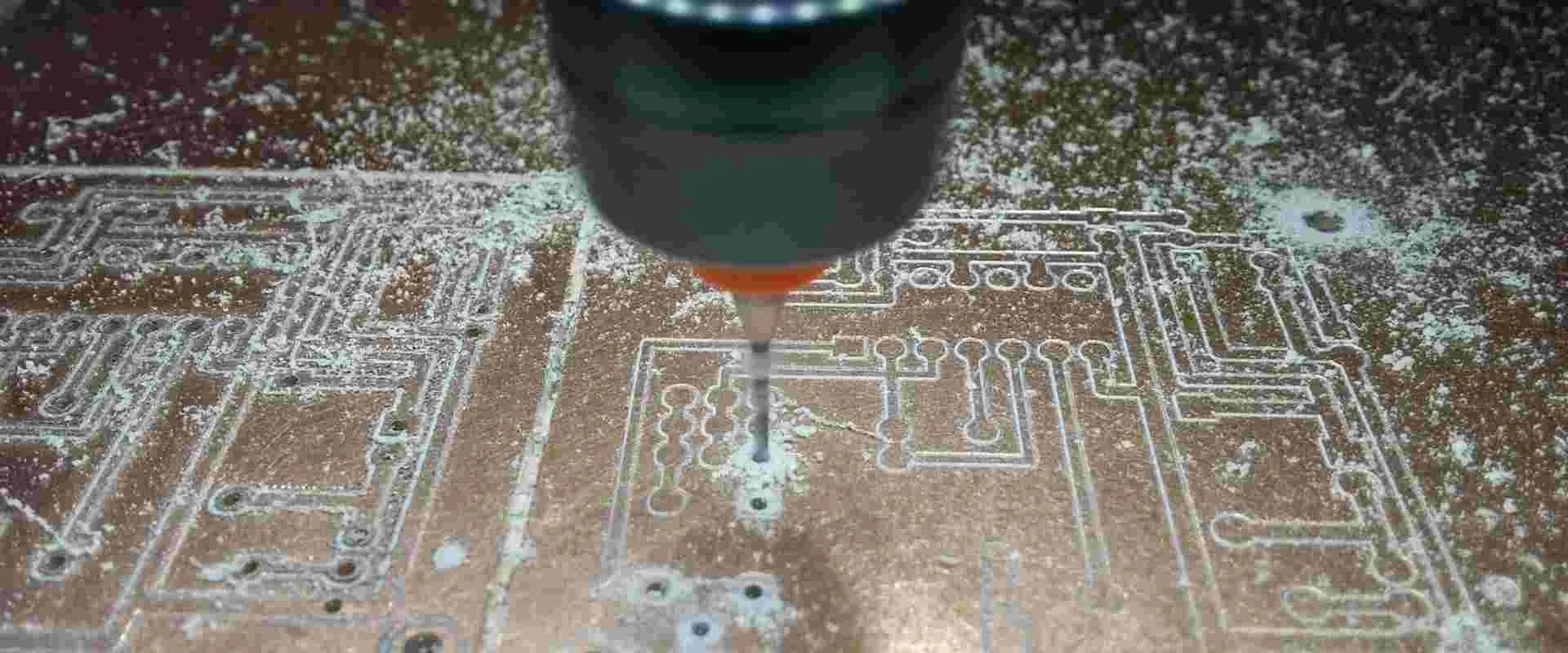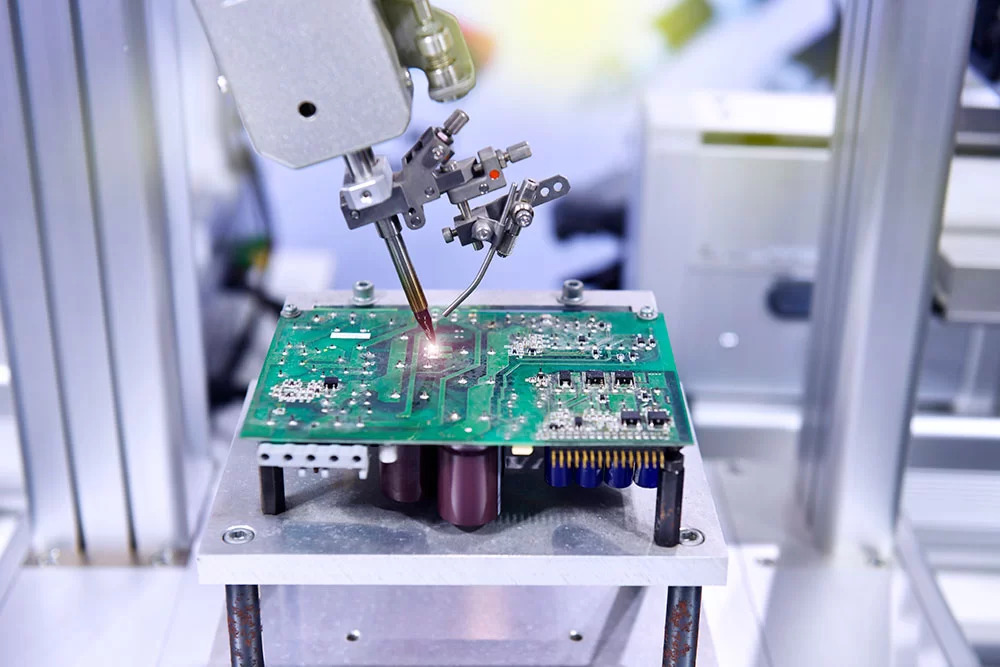Are you an electrical engineer looking to perfect your PCB drilling process? Whether you're working on prototypes or mass production, mastering PCB drilling techniques is crucial for creating high-quality circuit boards. In this guide, we’ll dive deep into PCB drilling techniques, including CNC drilling, laser drilling for PCBs, and automated PCB drilling. We’ll also explore the best PCB drilling equipment and share advanced PCB drilling methods to help you achieve precision and efficiency. Let’s get started with everything you need to know to elevate your PCB manufacturing game.
Why PCB Drilling Matters for Electrical Engineers
PCB drilling is a critical step in the manufacturing of printed circuit boards. It involves creating holes for vias, through-hole components, and mounting purposes. These holes ensure electrical connectivity between layers and secure components in place. Poor drilling can lead to misalignment, signal interference, or even complete board failure. For electrical engineers, understanding and applying the right PCB drilling techniques can make the difference between a reliable product and costly rework.
In this blog, we’ll break down the most effective drilling methods, the equipment you need, and best practices to ensure precision. Whether you’re handling small-scale designs or complex multilayer boards, this guide will equip you with actionable insights.
Understanding the Basics of PCB Drilling
Before diving into specific techniques, let’s cover the basics. PCB drilling creates holes in the board material, typically made of fiberglass and copper layers. These holes serve different purposes:
- Vias: Small holes that connect different layers of the board for electrical signals.
- Through-Hole Component Holes: Larger holes for inserting components like resistors or capacitors.
- Mounting Holes: Non-plated holes used to secure the PCB to a chassis or enclosure.
The precision of these holes directly impacts the board’s functionality. A misaligned via, for example, can disrupt signal integrity, while a poorly drilled mounting hole might cause mechanical stress. As boards become more complex with higher component density, the demand for accurate drilling has never been higher.
Key PCB Drilling Techniques Every Engineer Should Know
Let’s explore the most common and effective PCB drilling techniques used in the industry today. Each method has its strengths, depending on the project’s requirements, budget, and precision needs.
1. CNC Drilling for PCBs: Precision and Versatility
CNC drilling (Computer Numerical Control) is one of the most widely used methods for PCB manufacturing. It uses computer-controlled machines to drill holes with high precision based on digital design files. Here’s why it’s a go-to choice for many engineers:
- Accuracy: CNC machines can achieve tolerances as tight as ±0.002 inches (±0.05 mm), ensuring consistent hole placement.
- Versatility: They can handle a wide range of hole sizes, from micro-vias (less than 0.006 inches or 0.15 mm) to larger mounting holes.
- Speed: Modern CNC machines can drill hundreds of holes per minute, ideal for medium to large production runs.
Best Use Case: CNC drilling shines in projects requiring a mix of hole sizes and moderate to high production volumes. For example, if you’re designing a multilayer board for a consumer electronics device, CNC drilling ensures reliable via connections without breaking the bank.
Challenges: While CNC drilling is precise, it can produce burrs on the hole edges, requiring a deburring process. Additionally, drill bits wear out over time, which can affect accuracy if not monitored.

2. Laser Drilling for PCBs: High Precision for Micro-Vias
Laser drilling for PCBs is an advanced technique that uses a focused laser beam to create extremely small holes, often for microvias in high-density interconnect (HDI) boards. This method is gaining popularity due to the miniaturization of electronics.
- Precision: Laser drilling can create holes as small as 0.002 inches (0.05 mm) with minimal deviation.
- No Mechanical Stress: Unlike mechanical drilling, lasers don’t apply physical force, reducing the risk of board damage.
- Speed: Advanced systems can drill thousands of vias per second, as noted in industry discussions on platforms like X.
Best Use Case: Laser drilling is ideal for HDI PCBs used in smartphones, medical devices, and other compact electronics where space is limited, and precision is paramount.
Challenges: The main drawback is cost. Laser drilling equipment is expensive, and the process is slower for larger holes, making it less practical for through-hole components or mounting holes. Additionally, it requires specialized materials, as not all PCB substrates respond well to laser heat.

3. Automated PCB Drilling: Efficiency for Mass Production
Automated PCB drilling refers to systems that integrate CNC or laser drilling with robotic handling and software for fully automated workflows. These systems minimize human intervention, boosting consistency and throughput.
- Consistency: Automation reduces human error, ensuring every board meets the same quality standards.
- Scalability: Automated systems can run 24/7, perfect for high-volume production.
- Integration: Many systems connect with design software to directly import Gerber files, streamlining the process.
Best Use Case: If you’re working on large-scale manufacturing for automotive or industrial applications, automated drilling can save time and labor costs while maintaining quality.
Challenges: The initial investment for automated systems is significant, and they require regular maintenance to prevent downtime. Smaller operations or prototyping may not justify the cost.
PCB Drilling Equipment Guide: Choosing the Right Tools
Selecting the right PCB drilling equipment is just as important as mastering the techniques. Here’s a breakdown of the essential tools and machines for different drilling methods, along with tips for engineers.
1. CNC Drilling Machines
CNC drilling machines come in various sizes, from desktop models for prototyping to industrial-grade systems for mass production. Key features to look for include:
- Spindle Speed: Look for machines with adjustable speeds (up to 100,000 RPM) to handle different materials and hole sizes.
- Axis Control: At least 3-axis control for precise positioning; 5-axis machines offer even greater flexibility for complex boards.
- Drill Bit Compatibility: Ensure the machine supports a range of bit sizes, typically from 0.1 mm to 3 mm for PCB work.
Example: A mid-range CNC machine like the Schmoll MDI series can drill up to 500 holes per minute with a positional accuracy of ±0.01 mm, ideal for medium-scale production.
2. Laser Drilling Systems
Laser drilling systems are specialized for micro-vias and HDI boards. When choosing a system, consider:
- Laser Type: CO2 lasers are common for organic materials, while UV lasers work better for copper and finer details.
- Power Output: Higher power (e.g., 20W) allows faster drilling but may overheat certain materials.
- Control Software: Look for systems with user-friendly interfaces to adjust beam focus and drilling patterns.
Example: Systems like those from Lumonic, highlighted in industry posts on X, can achieve up to 9,000 vias per second, showcasing cutting-edge performance for HDI applications.
3. Automated Drilling Systems
Automated systems often combine CNC or laser drilling with robotic arms and conveyor setups. Key considerations include:
- Throughput: Check the system’s capacity—some can process hundreds of boards per hour.
- Compatibility: Ensure it integrates with your design software (e.g., Altium or Eagle) for seamless file transfer.
- Maintenance Needs: Opt for systems with accessible support and spare parts to minimize downtime.
Advanced PCB Drilling Methods for Complex Projects
For engineers tackling cutting-edge designs, advanced PCB drilling methods can address unique challenges. Here are two techniques to consider:
1. Sequential Drilling for Multilayer Boards
In multilayer boards (e.g., 8+ layers), drilling must account for alignment across all layers. Sequential drilling involves drilling holes in stages, often using back-drilling to remove excess copper from vias to reduce signal interference. This method can achieve impedance control within ±5% of target values, critical for high-speed signals (e.g., above 10 GHz).
2. Plasma Drilling for Ultra-Thin Materials
Plasma drilling uses ionized gas to etch holes, ideal for ultra-thin or flexible PCBs where mechanical stress must be avoided. While less common, it’s useful for niche applications like wearable electronics.
Best Practices for PCB Drilling Success
No matter the technique or equipment, following best practices ensures high-quality results. Here are tips tailored for electrical engineers:
- Design for Manufacturability (DFM): Use PCB design software to verify hole placement and spacing. Maintain at least 0.010 inches (0.25 mm) between holes to prevent structural weakness.
- Material Selection: Choose substrates like FR-4 for standard boards or high-Tg materials for demanding applications to withstand drilling stress.
- Tool Maintenance: Replace CNC drill bits after 2,000-3,000 holes to avoid burrs and ensure clean edges.
- Quality Control: Use automated optical inspection (AOI) to check hole alignment and diameter post-drilling. Aim for a deviation of less than ±0.002 inches (±0.05 mm).
- Deburring: Remove burrs with chemical or mechanical methods to prevent shorts or signal issues.
Common PCB Drilling Challenges and Solutions
Even with the best equipment, challenges arise. Here’s how to address them:
- Burr Formation: Use lower feed rates in CNC drilling (e.g., 50 inches per minute) and ensure sharp bits.
- Misalignment: Calibrate machines regularly and use fiducial markers on boards for precise positioning.
- Heat Damage in Laser Drilling: Adjust laser power and pulse duration to avoid burning the substrate.
Conclusion: Elevate Your PCB Drilling Expertise
Mastering PCB drilling techniques like CNC drilling, laser drilling for PCBs, and automated PCB drilling is essential for electrical engineers aiming to create reliable, high-performance circuit boards. By understanding the right PCB drilling equipment and adopting advanced PCB drilling methods, you can tackle everything from prototypes to mass production with confidence. Remember to follow best practices, maintain your tools, and continuously refine your process to stay ahead in this ever-evolving field.
Have a specific drilling challenge or tip to share? Drop a comment below—we’d love to hear from fellow engineers! And if you found this guide helpful, share it with your network to help others master PCB drilling too.
 ALLPCB
ALLPCB







